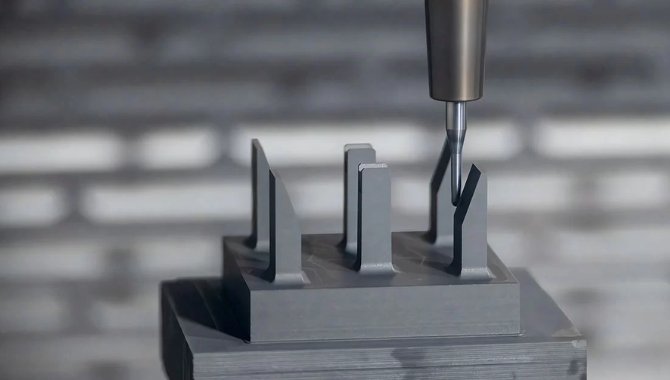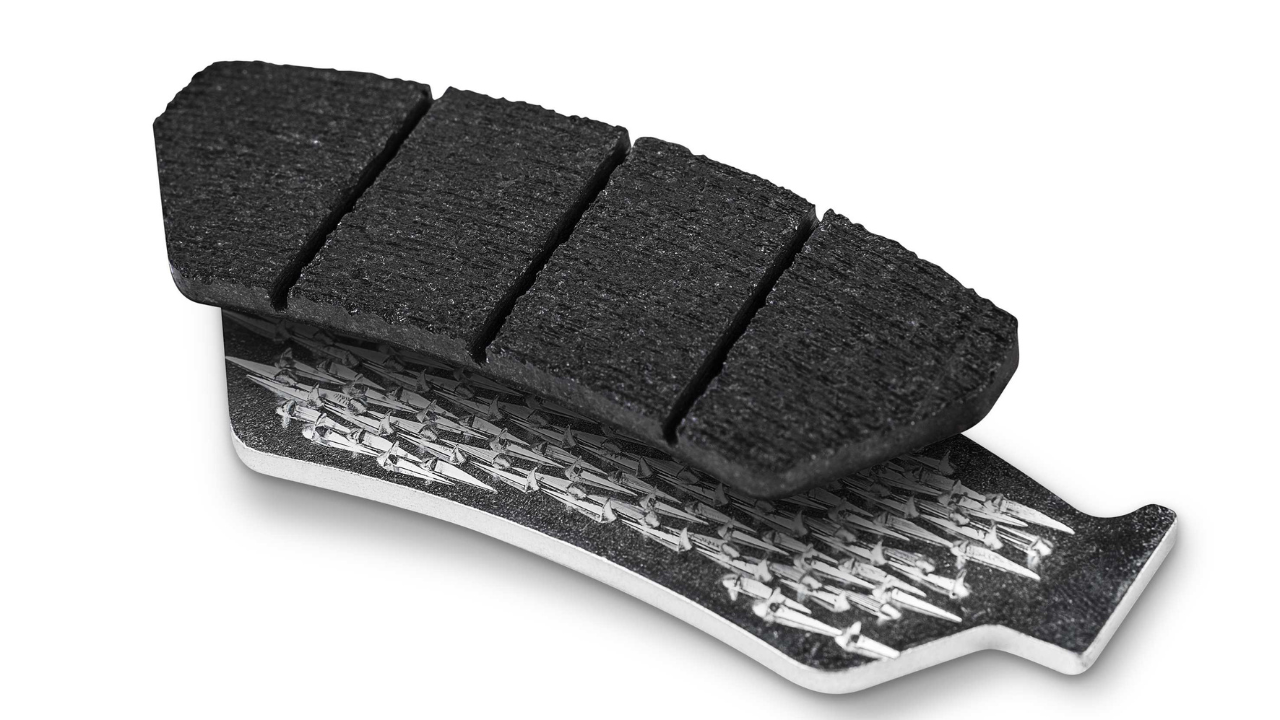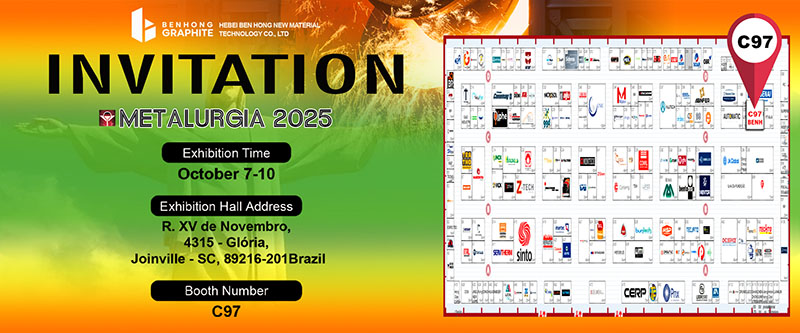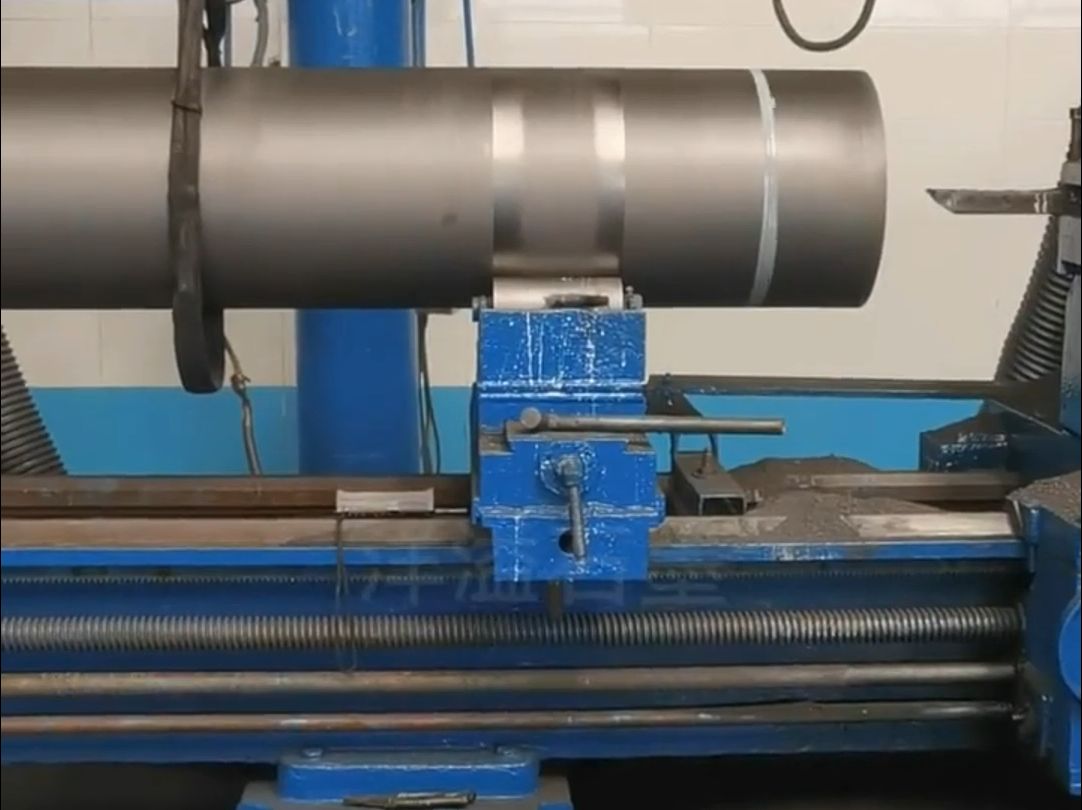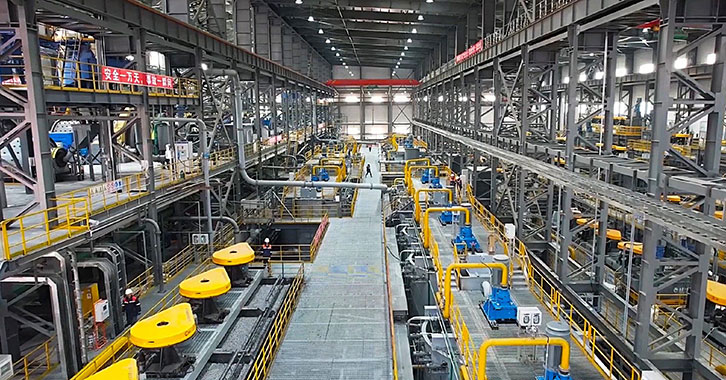6 Addressing Graphite Machining Challenges
6.1 Tool Wear Management
Graphite’s abrasiveness causes significant tool wear, addressed through:
-
Advanced tool materials: Polycrystalline diamond (PCD) and nano-composite coatings
-
Adaptive machining strategies: Variable feed rates based on tool engagement
-
Process monitoring: Real-time power monitoring for wear compensation
-
Tool path optimization: Reducing tool exits/re-entries that cause micro-chipping
6.2 Thermal Management
Despite graphite’s thermal resistance, localized heating during machining affects:
-
Dimensional accuracy: Through thermal expansion of workpiece and machine
-
Tool life: Cutting edge temperatures exceeding 800°C
Solutions include air vortex cooling, minimum quantity lubrication (MQL), and thermal compensation algorithms in CNC systems
6.3 Dust Extraction and Control
Graphite machining produces fine particulate matter (0.1-10 μm) requiring:
-
High-velocity extraction systems: Airflow velocities >25 m/s at collection points
-
Filtration systems: HEPA or ULPA filters with 99.97% efficiency on 0.3μm particles
-
Machine encapsulation: Complete isolation of machining area
-
Automatic cleaning systems: Pulse-jet filter cleaning for continuous operation
6.4 Vibration Control
Graphite’s brittleness makes it susceptible to vibration-induced damage:
-
Machine structural design: O-type frames with pyramid construction (e.g., MILL S 500)
-
Active damping systems: Vibration monitoring with adaptive response
-
Tooling strategies: Stable tool engagement angles and climb milling conventions
-
Workholding optimization: Vacuum chucking with conformable seals
7 Advanced Applications Across Industries
7.1 Energy Storage and Generation
-
Fuel cell components: Bipolar plates with precision flow channels
-
Nuclear applications: Moderator blocks with exact dimensional tolerances
-
Solar manufacturing: Crystallization crucibles with high purity surfaces
7.2 Transportation Industry
-
Aerospace: Composite tooling with thermal stability for autoclave processing
-
Automotive: EDM electrodes for injection mold manufacturing
-
EV batteries: Current collectors and battery terminal components
7.3 Advanced Manufacturing
-
Semiconductor: Wafer processing components with ultra-high purity
-
Glass forming: Mold assemblies with precision contours and thermal resistance
-
EDM electrodes: Complex geometries with fine surface details
Table: Graphite Component Requirements by Industry
| Industry | Critical Parameters | Typical Tolerances |
|---|---|---|
| Semiconductor | Purity (>99.999%), Surface finish (Ra<0.2μm) | ±5μm on critical dimensions |
| Aerospace | Thermal stability, Strength-to-weight ratio | ±0.1mm over 1m span |
| EDM Electrodes | Wear resistance, Fine detail reproduction | ±15μm, surface texture <Ra1.0μm |
| Glass Manufacturing | Oxidation resistance, Thermal shock resistance | ±0.2mm, contour accuracy 0.1mm/m |
| Metallurgical | High-temperature strength, Chemical inertness | ±0.5mm on large components |



